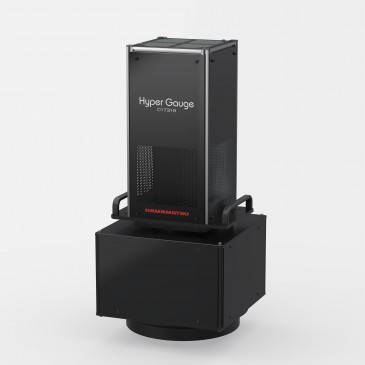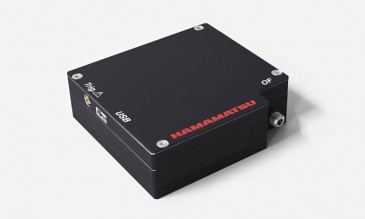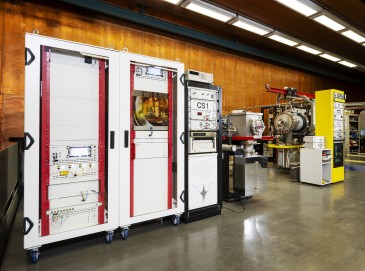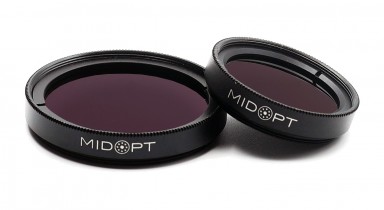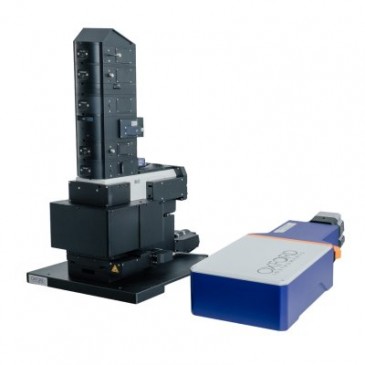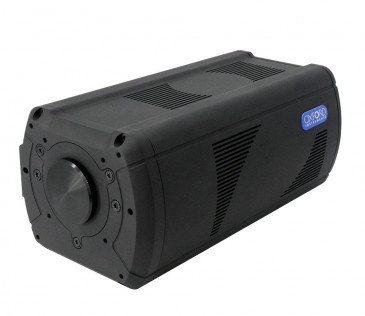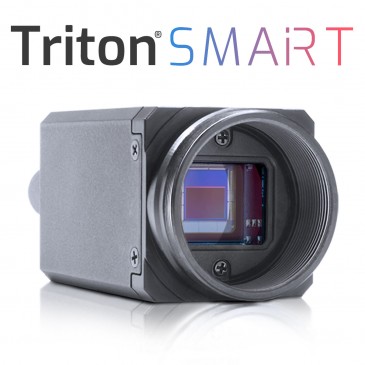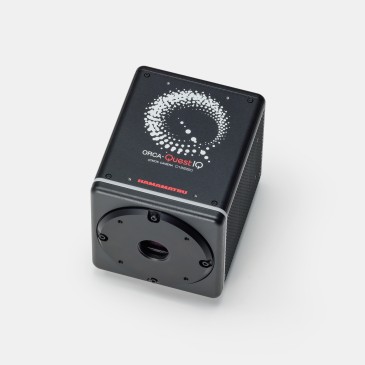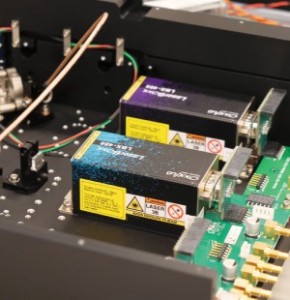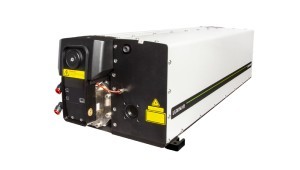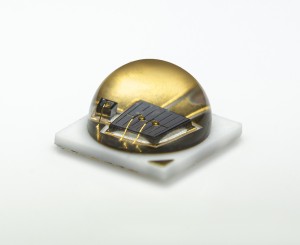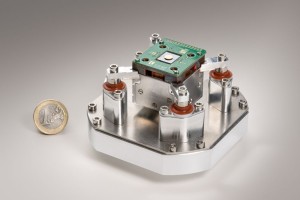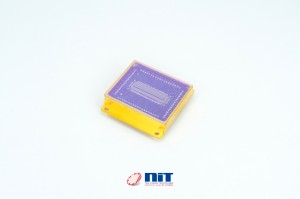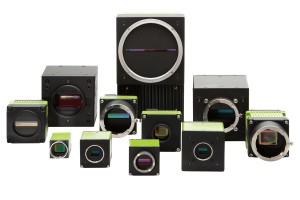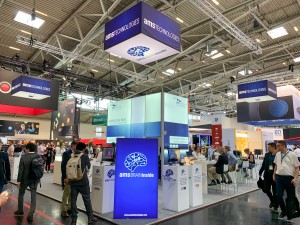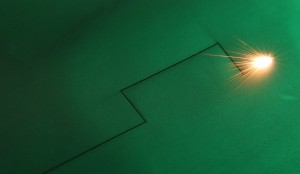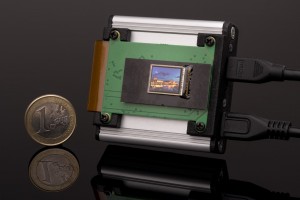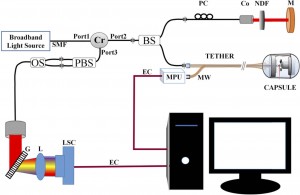
Researchers at the University of the Witwatersrand (WIT) in Johannesburg, South Africa, have demonstrated the first vector holographic trap. While the technique called holographic optical trapping and tweezing is not new, the Structured Light Laboratory from WIT’s School of Physics has now found a way to use the full force of a laser beam including vector light, which previously could not be used in such systems to control and manipulate nanoscale objects.
First-time breakthrough: Vector and scalar light simultaneously in one optical tweezing system
Holographic optical trapping (HOT) with multiple light beams has generally been shown before. However, the WIT group noticed that in these previous demonstrations only scalar beams could be employed. “It is therefore remarkable and intriguing that we can introduce a new and all-inclusive device that utilizes all classes of light beams, i.e., vector and scalar light simultaneously in one optical tweezing system,” says PhD student Nkosiphile Bhebhe.
The new vector holographic optical trapping and tweezing system is computer-controlled and allows multiple traps, covering all classes of light beams. Simple digital alteration of holograms on the device allows moving from one class of light beams to another, such as from scalar to vector light or vice versa" and even to have both scalar and vector light simultaneously in the same trap. “This digital control also allows the 2D or 3D manipulation of the trapped micron-sized objects to assume any pattern or arrangement,” Bhebhe points out.
Key applications
A thinkable immediate application for this new kind of optical trapping and tweezing device would be in biology, where cellular matter can be manipulated using these light beams: “Importantly, each class of light beams is associated with a trapping strength such that with our device, we can digitally alter the trapping strength by simply changing the class of light beams instead of the light intensity, which has minimum damage on the cellular matter,” Bhebhe explains, adding that additional applications may extend to the field of material science, where such devices could be used to trap gold nanoparticles for plasmonic studies.
First vector HOT’s influence on future light technologies
“We believe that our device will potentially be of great impact towards the design and development of future light-based technologies, seeing it is an all-inclusive and digital approach that enables the realization of any class of light beams,” Bhebhe says. “Although we employed these light beams in an optical trapping and tweezing system, they can be applied in other light based applications such as optical communication.”
The most surprising aspect of this pioneering work, even to the researchers? “The holistic nature of our device and its ability to digitally realize multiple traps simultaneously with different classes of light beams without moving any of the additional physical optical elements,” Bhebhe replies.
Next step
The WIT team plans to further explore the full potential of their new vector holographic trapping device and hopes to demonstrate its versatility in other fields of science, such as material science or biology.
The research is detailed in the paper “A vector holographic optical trap,” published in Scientific Reports.
Written by Sandra Henderson, Research Editor, Novus Light Technologies Today






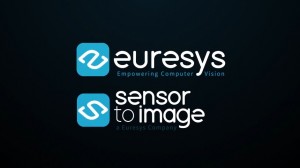
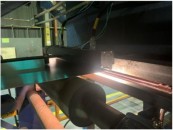





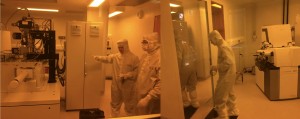



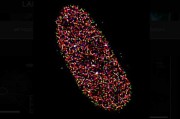
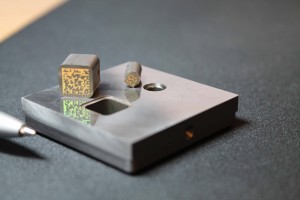

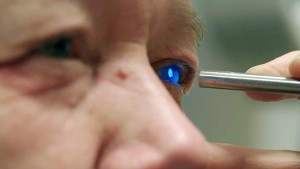


 Back to Features
Back to Features